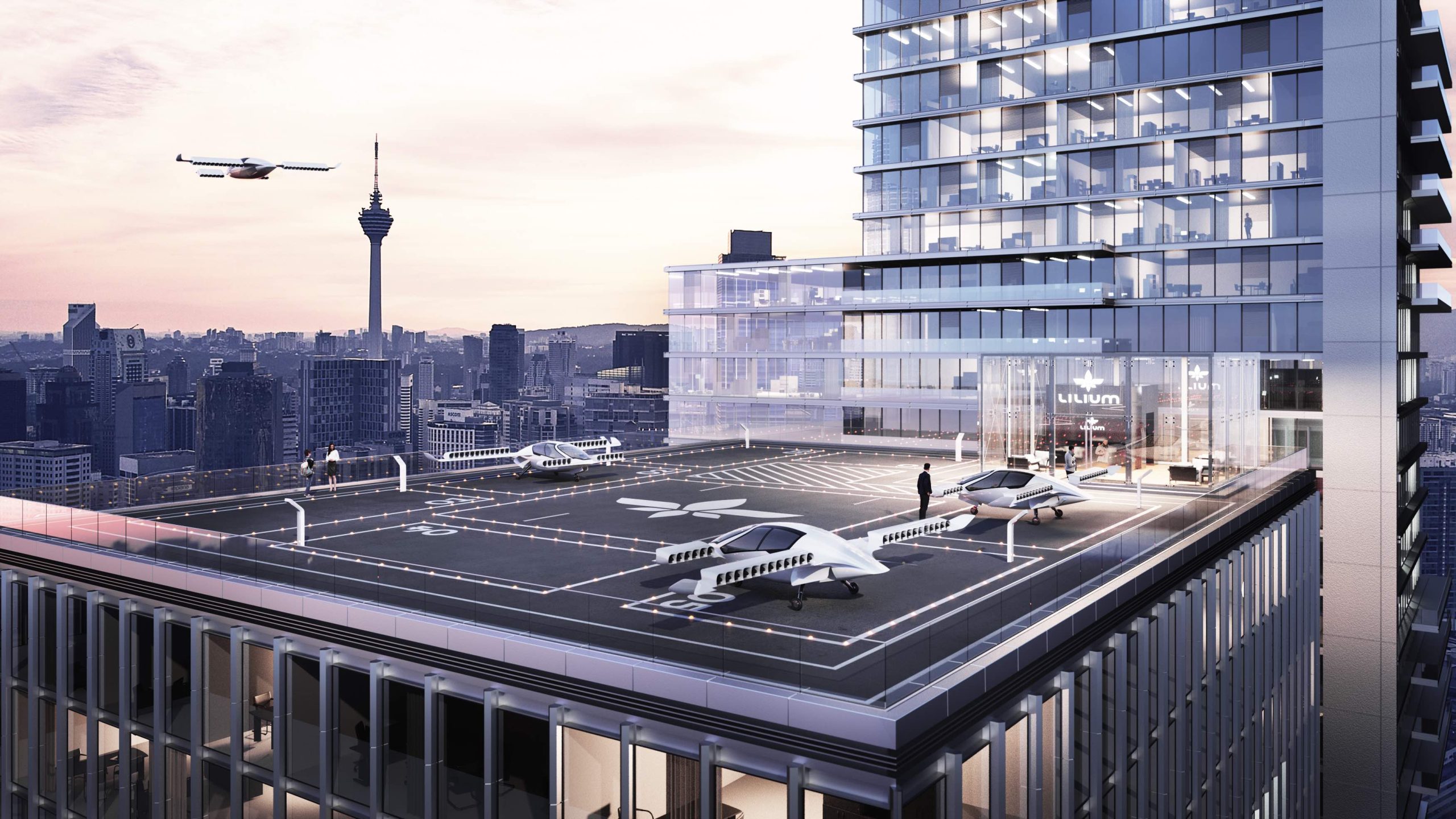
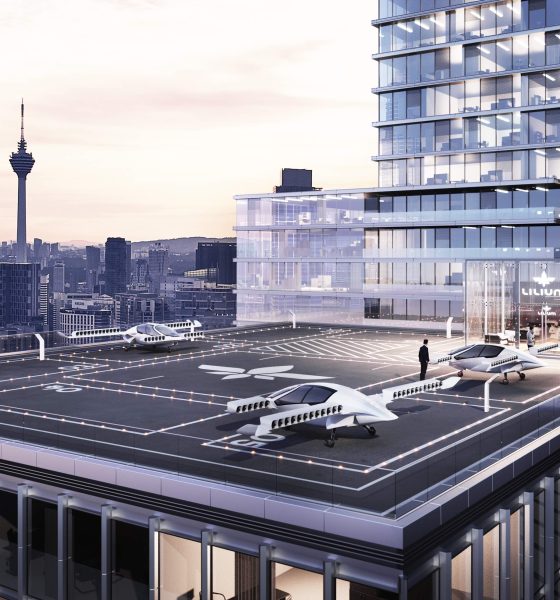
News
Electric aircraft could transform short-distance regional air travel
Whenever the subject of electric aircraft comes up I see the room filled with skeptical looks. The looks are not unwarranted. Even electric cars remain in the low single digits for worldwide market share and electric flight is undoubtedly a greater hurdle. The enemy of flight is weight after all and batteries are rather heavy. The skepticism though, while justified, is misplaced.
The problem is that we tend to think of air transport as large intercontinental craft flying thousands of miles at a time. Those certainly exist and there’s even one that travels 9000 miles, flying 17 hours from Perth to London. The reality for most air travel, however, is somewhat different. Statistics from the US Bureau of Transportation show that the overwhelming majority of US passengers are on domestic flights and what’s more, nearly half of those are under 700 miles.
Source: Bureau of Transportation Statistics – T100 domestic, all carriers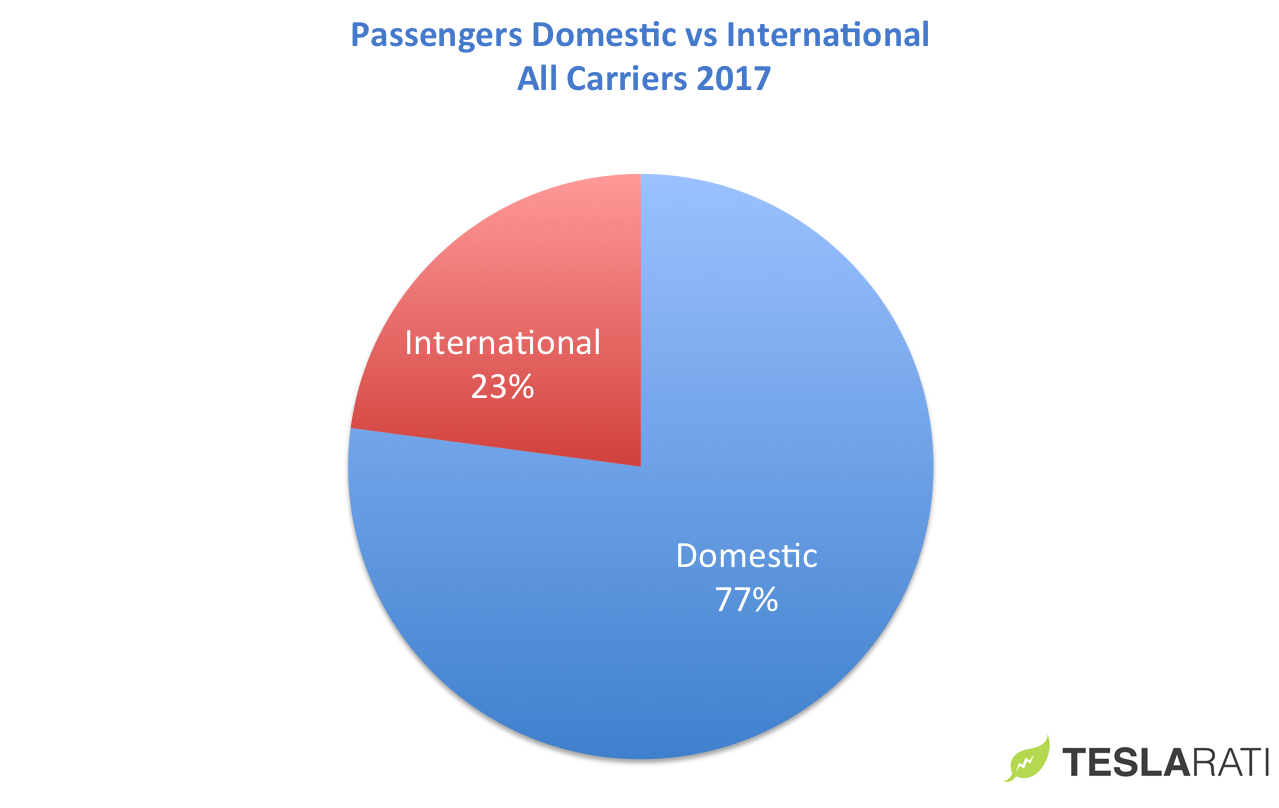
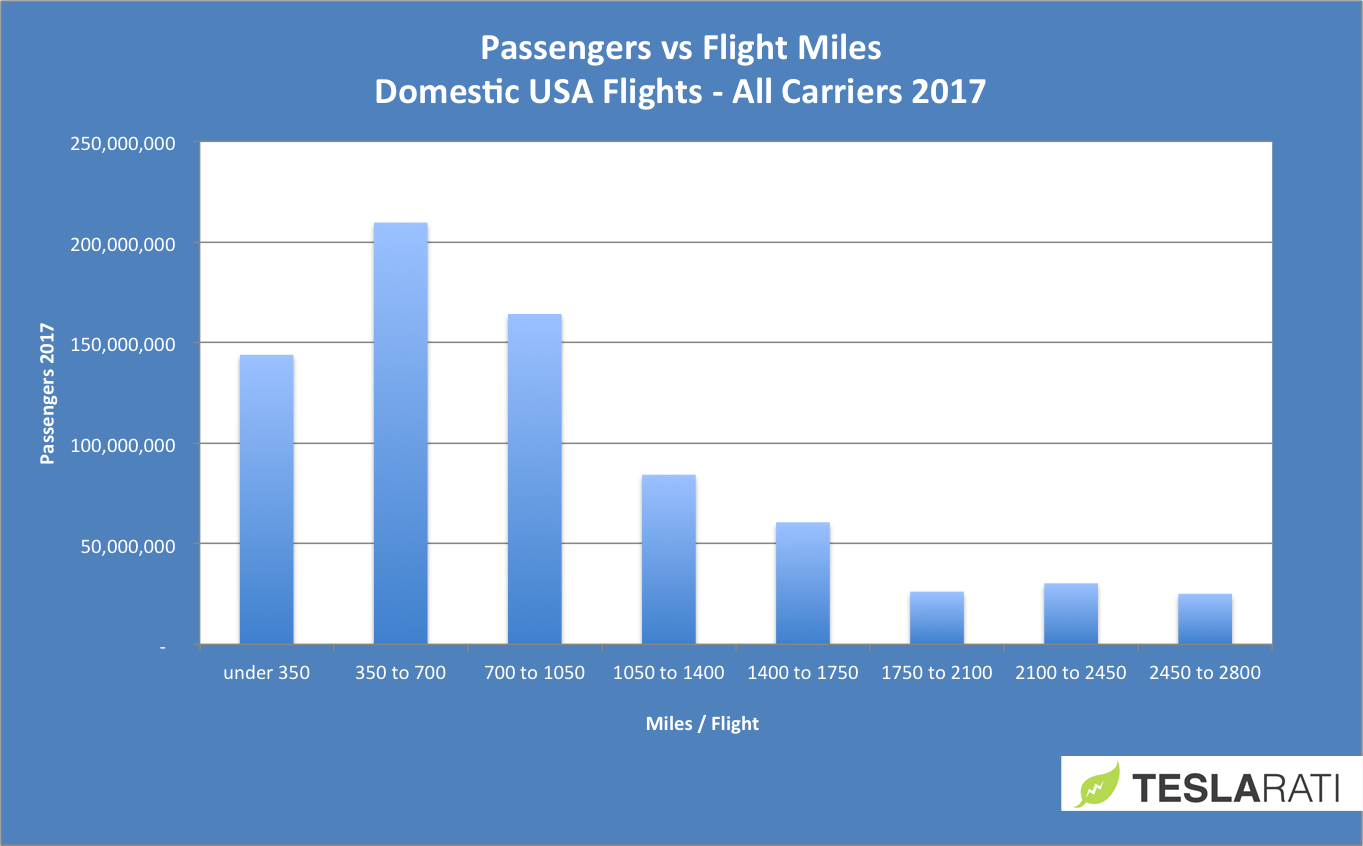
The data graphed above shows that 20% of domestic passengers are flying under 350 miles in the USA, with nearly 50% under 700 miles. Forget about the 9,000 mile international flights, this is the market for electrified flight in the near-term. The aircraft to support it are nearly here.
I’ve written in the past about the various electric aircraft in development from companies like Zunum Aero, Wright Electric, Airbus/Siemens, NASA, Eviation, BYE, and others. It’s still very early but advancement is steady and the age of electric flight is coming. For a moment consider Zunum Aero’s aircraft, the ZA10. It’s a 12-seat hybrid for regional transport, slated to begin test flights next year and deliveries in the early 2020s. The aircraft is targeting a range of 700 miles and will have a shorter range all-electric version. There’s also a larger variant planned.
Zunum Aero’s ZA10
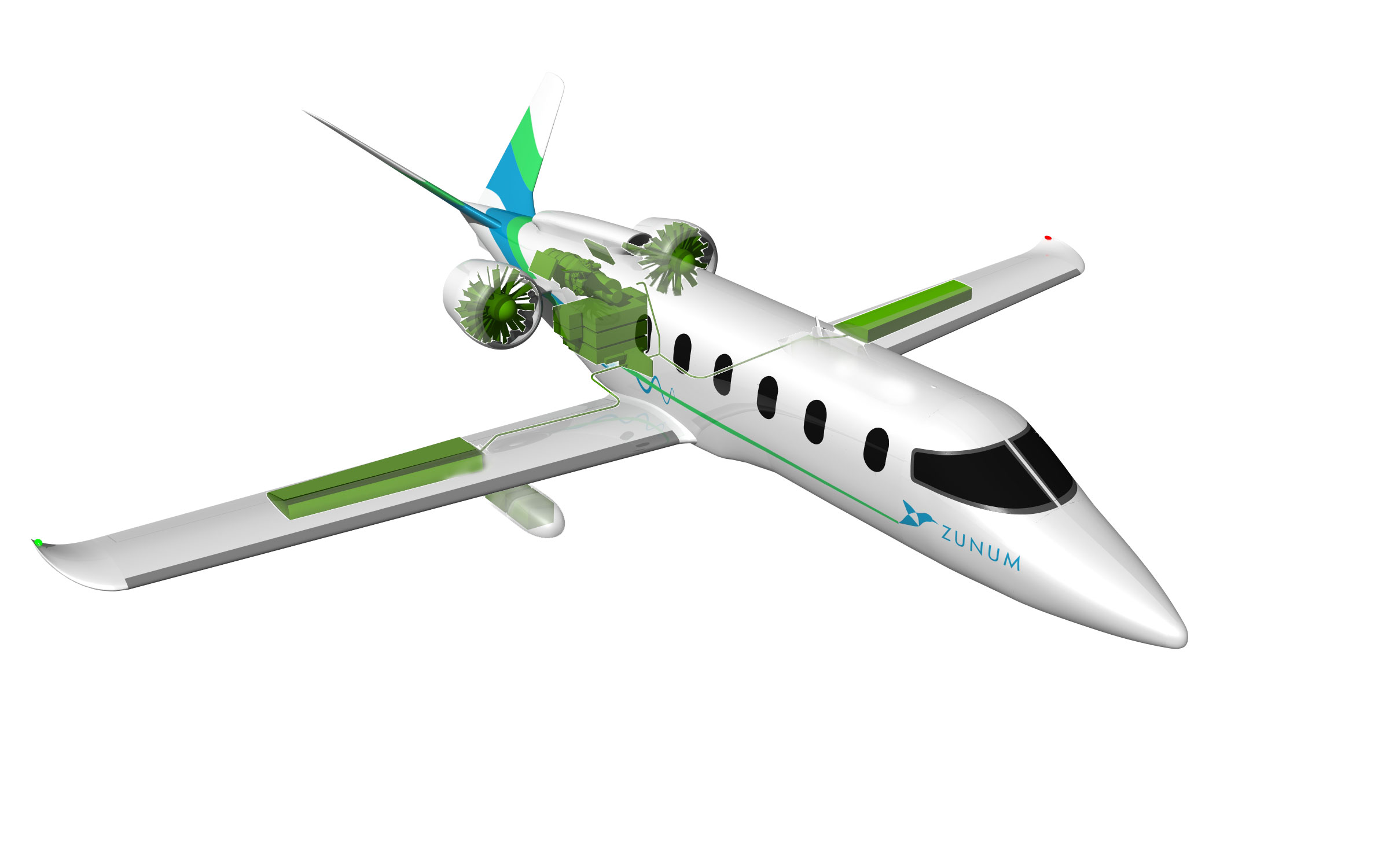
- 60 to 80% reduction in operating costs
- 80% lower emissions and noise
- 40% reduction in runway needs
- Hybrid-electric range of 700 miles
Back to those skeptical looks. The financial driver for electrification is huge, with the potential to reduce operating costs 60 to 80%. More so with carbon pricing. If said hybrid aircraft also create less pollution, require shorter runways, reduce maintenance, and produce less noise, well then which carriers wouldn’t want to use them? Particularly in a regional market which, as noted previously, includes nearly 50% of all domestic flights in the US.
That all seems great, but even this understates the impact of electrification. What’s missing from the analysis is the potential for electric aircraft to fundamentally transform air travel as we know it, to vastly increase the number of flights under 700 miles.
The data we have today shows us the past, but this is the future:
Electric and hybrid aircraft have the potential to open up new regions to air travel, revitalize small neglected airports, create jobs in small communities, and make travel more enjoyable for everyone. This vision will become a necessity if we hope to have a cohesive society and growing economy,
“In the globalized economy, communities without good air service struggle to attract investment and create jobs” – Zunum Aero
There’s a wonderful write-up on IEEE Spectrum which highlights how electrification can be the catalyst that rejuvenates regional travel. The article’s authors are from Zunum Aero, including the founder and the chief technology officer.
The article includes some interesting statistics on the current state of air travel. For example, the authors note that only 1% of the airports in the USA are responsible for 96% of the air traffic and that since 1980 the average aircraft seat capacity has increased by a factor of 4. What if electric aircraft can increase travel to just some of those other airports?
The current state of air travel is largely the result of financial choices made over many decades. Larger aircraft are more economical to purchase and operate, while fewer routes keep aircraft load factors high and simplifies logistics.
“Regional Travel is Ripe for Reinvention” – JetBlue Technology Ventures
The problem with this is that large airplanes require large infrastructure to support them (think space, buildings, runways) and the noise they generate is not well liked by residents. There aren’t many airports able to accommodate these needs so people are funneled to major airports located outside of major cities, sometimes inconveniently out of the way of the passengers’ ultimate destinations. This means more time is spent traveling to the airport, at the airport, and flying on the airplane, for an experience that is all to often chaotic and impersonal. In fact, door to door travel times have actually gotten worse for regional air travel, not better. Add in a snowstorm or a single large aircraft is delay and it can become a logistical nightmare.
The benefits of electric aircraft are particularly well suited to regional air travel needs. The question is, will it be enough to usher in a renaissance for regional flight, where smaller aircraft travel more routes and to smaller airports? I certainly think so. Toronto has a great example of how this might occur. The Toronto Island airport can only operate small aircraft due to noise restrictions, but it’s use has grown steadily. It’s accessibility from downtown and the spectacular speed of service are key drivers. With electric aircraft I believe this type of scenario will become the norm.
Now, what if you could do it from your own front door?
Hyper-local air travel with electric vertical takeoff and landing aircraft (E-VTOL)
Imagine this. You wake up in the morning, dress, open your phone and request an electric vertical takeoff and landing aircraft (VTOL) to take you to a city a few hours drive away. An electric autonomous car picks up you and drives you to a local VTOL access point, on top of a parkade near your home. Several small two and four seat aircraft are waiting there. Maybe someone is there to greet you but it’s only customary. Your phone recognizes your access and opens up the passenger compartment to your aircraft. You get in, there is no pilot, no cockpit – the vehicle is autonomous. Quickly the electric motors spin up, the craft rises into the air and carries you directly into the centre of a nearby city. Or maybe you go to a remote campsite or to an airport outside of the city where you can access an intercontinental flight. All of this for a cost less than traditional means of transport.
Long have we been promised a future of flying cars, but this time electric propulsion and increased autonomy can actually make it happen. Check out the video below of the first full scale test flight of the Lilium Jet in 2017. Such ideas were once confined to science fiction, but no more. Yes, this technology is in the early stages and it remains to be seen how far batteries can take us. Yet those batteries get better each year. For Lilium’s part they have manned test flights coming next year and they are targeting a range of 300km and speed of 300km/hr. That could open up a whole new type of air travel.
Electric VTOL – Lilium
Lilium started in 2013 with the vision of developing an all-electric “air-taxi” vehicle.
There are now dozens of companies working on electric VTOL aircraft, with over 100 projects underway. Norway’s aircraft operator Avinor even issued a report earlier this year that sees a path to small VTOL aircraft with 1 or 2 passengers in the early to mid 2020’s, with larger 4 or 5 person craft reaching market by the end of the 2020’s.
The fascinating world of VTOLs aside, fixed-wing hybrid and electric regional jets provide an obvious path for electrification. This will reduce operating costs, open up new opportunities for passengers, and reduced the environmental impact of flying. It’s where corporations and countries are already going. Norway for example has a target of 2030 for all regional flights to be fully electric, not hybrid, fully electric. While operators and manufacturers are pushing to see who can take the lead. One thing is certain, with the coming advancements in electric flight regional transport will never be the same.

News
Tesla expands new Full Self-Driving program in Europe
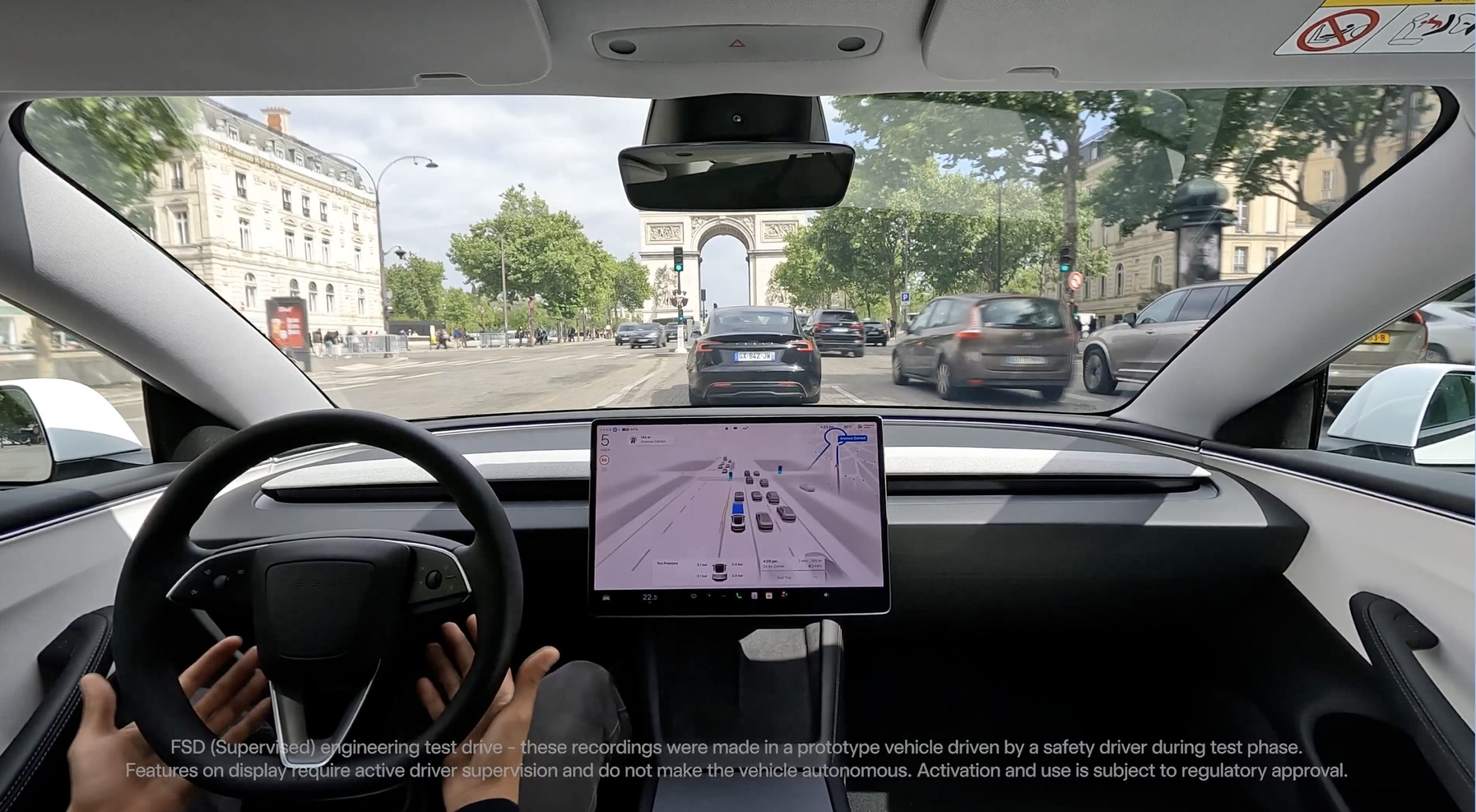
Tesla expanded its new Full Self-Driving program, which gives people the opportunity to experience the company’s suite, in Europe.
Tesla recently launched an opportunity for Europeans to experience Full Self-Driving, not in their personal vehicles, but through a new ride-along program that initially launched in Italy, France, and Germany back in late November.
People could experience it by booking a reservation with a local Tesla showroom, but timeslots quickly filled up, making it difficult to keep up with demand. Tesla expanded the program and offered some additional times, but it also had its sights set on getting the program out to new markets.
It finally achieved that on December 9, as it launched rides in Denmark and Switzerland, adding the fourth and fifth countries to the program.
Tesla confirmed the arrival of the program to Denmark and Switzerland on X:
Now available in Denmark & Switzerland
🇩🇰 https://t.co/IpCSwHO566 https://t.co/V2N5EarLNX
— Tesla Europe & Middle East (@teslaeurope) December 9, 2025
The program, while a major contributor to Tesla’s butts in seats strategy, is truly another way for the company to leverage its fans in an effort to work through the regulatory hurdles it is facing in Europe.
Tesla has faced significant red tape in the region, and although it has tested the FSD suite and been able to launch this ride-along program, it is still having some tremendous issues convincing regulatory agencies to allow it to give it to customers.
CEO Elon Musk has worked with regulators, but admitted the process has been “insanely painful.”
The most recent development with FSD and its potential use in Europe dealt with the Dutch approval authority, known as the RDW.
Tesla says Europe could finally get FSD in 2026, and Dutch regulator RDW is key
Tesla said it believes some regulations are “outdated and rules-based,” which makes the suite ineligible for use in the European jurisdiction.
The RDW is working with Tesla to gain approval sometime early next year, but there are no guarantees. However, Tesla’s angle with the ride-along program seems to be that if it can push consumers to experience it and have a positive time, it should be easier for it to gain its footing across Europe with regulatory agencies.
News
Tesla ramps hiring for Roadster as latest unveiling approaches
Tesla published three new positions for the Roadster this week, relating to Battery Manufacturing, General Manufacturing, and Vision Engineering.
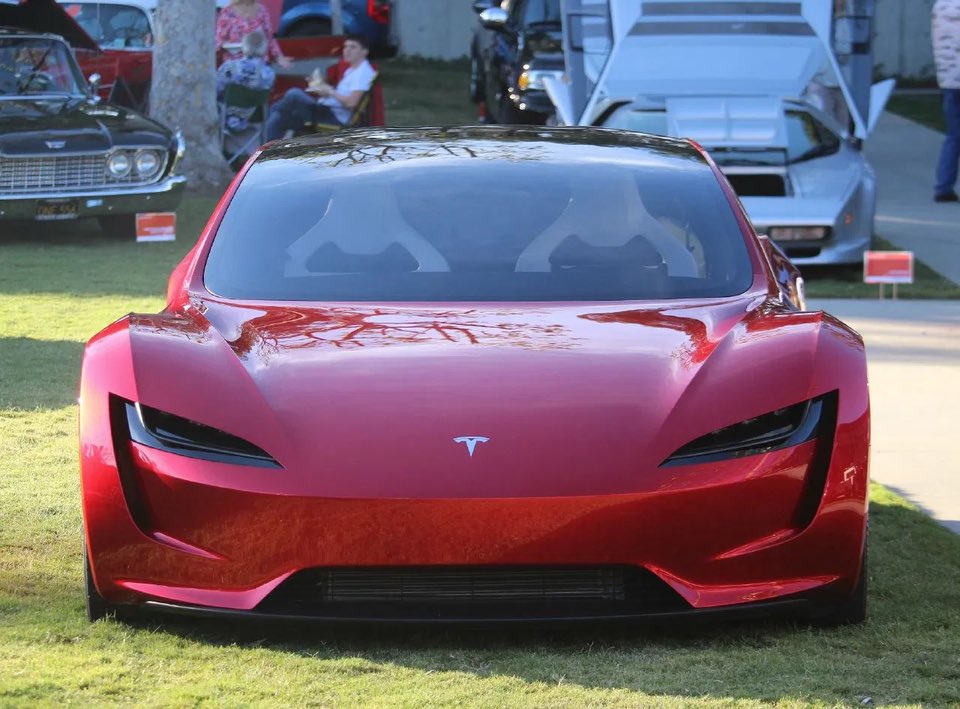
Tesla is ramping up hiring for positions related to the Roadster program, the company’s ultra-fast supercar that has been teased to potentially hover by CEO Elon Musk.
The company seems to be crossing off its last handful of things before it plans to unveil the vehicle on April Fool’s Day, just about four months away.
Tesla published three new positions for the Roadster this week, relating to Battery Manufacturing, General Manufacturing, and Vision Engineering. All three are located in Northern California, with two being at the Fremont Factory and the other at the company’s Engineering HQ in Palo Alto.
Technical Program Manager, Battery Manufacturing
Located in Fremont, this role specifically caters to the design of the Roadster to factory operations. It appears this role will mostly have to do with developing and engineering the Roadster’s battery pack and establishing the production processes for it:
“You will foster collaboration across design engineering, manufacturing, quality, facilities, and production to align with company priorities. Additionally, you will understand project opportunities, challenges, and dependencies; translate scattered information into concise, complete messages; and communicate them to every team member. As the business process development lead, you will develop, maintain, and implement tools and processes to accelerate battery manufacturing execution, achieve cross-functional alignment, and deliver highly efficient systems.”
Manufacturing Engineer, Roadster
Also located in Fremont, this role also has to deal with the concept development and launch of battery manufacturing equipment. Tesla says:
“In this role, you will take large-scale manufacturing systems for new battery products and architectures from the early concept development stage through equipment launch, optimization, and handover to local operations teams.”
Manufacturing Vision Engineer, Battery Vision
This position is in Palo Alto at Tesla’s Engineering Headquarters, and requires the design and scale of advanced inspection and control systems to next-generation battery products:
“You’ll work on automation processes that directly improve battery performance, quality, and cost, collaborating with world-class engineers in a fast-paced, hands-on environment.”
Developing and deploying 2D and 3D vision and measurement systems from proof-of-concept to deployment on high-volume battery manufacturing lines is part of the job description.
Roadster Unveiling
Tesla plans to unveil the Roadster on April 1, and although it was planned for late this year, it is nice to see the company put out a definitive date.
Musk said on the Joe Rogan Experience Podcast in late October:
“Whether it’s good or bad, it will be unforgettable. My friend Peter Thiel once reflected that the future was supposed to have flying cars, but we don’t have flying cars. I think if Peter wants a flying car, he should be able to buy one…I think it has a shot at being the most memorable product unveil ever.”
Production should begin between 12 to 18 months after unveiling, so we could see it sometime in 2027.
Investor's Corner
Tesla Full Self-Driving statistic impresses Wall Street firm: ‘Very close to unsupervised’
The data shows there was a significant jump in miles traveled between interventions as Tesla transitioned drivers to v14.1 back in October. The FSD Community Tracker saw a jump from 441 miles to over 9,200 miles, the most significant improvement in four years.

Tesla Full Self-Driving performance and statistics continue to impress everyone, from retail investors to Wall Street firms. However, one analyst believes Tesla’s driving suite is “very close” to achieving unsupervised self-driving.
On Tuesday, Piper Sandler analyst Alexander Potter said that Tesla’s recent launch of Full Self-Driving version 14 increased the number of miles traveled between interventions by a drastic margin, based on data compiled by a Full Self-Driving Community Tracker.
🚨 Piper Sandler reiterated its Overweight rating and $500 PT on Tesla $TSLA stock
Analyst Alexander Potter said FSD is near full autonomy and latest versions showed the largest improvement in disengagements, from 440 miles to 9,200 miles between critical interventions pic.twitter.com/u4WCLfZcA9
— TESLARATI (@Teslarati) December 9, 2025
The data shows there was a significant jump in miles traveled between interventions as Tesla transitioned drivers to v14.1 back in October. The FSD Community Tracker saw a jump from 441 miles to over 9,200 miles, the most significant improvement in four years.
Interestingly, there was a slight dip in the miles traveled between interventions with the release of v14.2. Piper Sandler said investor interest in FSD has increased.
Full Self-Driving has displayed several improvements with v14, including the introduction of Arrival Options that allow specific parking situations to be chosen by the driver prior to arriving at the destination. Owners can choose from Street Parking, Parking Garages, Parking Lots, Chargers, and Driveways.
Additionally, the overall improvements in performance from v13 have been evident through smoother operation, fewer mistakes during routine operation, and a more refined decision-making process.
Early versions of v14 exhibited stuttering and brake stabbing, but Tesla did a great job of confronting the issue and eliminating it altogether with the release of v14.2.
Tesla CEO Elon Musk also recently stated that the current v14.2 FSD suite is also less restrictive with drivers looking at their phones, which has caused some controversy within the community.
Although we tested it and found there were fewer nudges by the driver monitoring system to push eyes back to the road, we still would not recommend it due to laws and regulations.
Tesla Full Self-Driving v14.2.1 texting and driving: we tested it
With that being said, FSD is improving significantly with each larger rollout, and Musk believes the final piece of the puzzle will be unveiled with FSD v14.3, which could come later this year or early in 2026.
Piper Sandler reaffirmed its $500 price target on Tesla shares, as well as its ‘Overweight’ rating.








